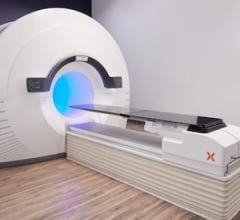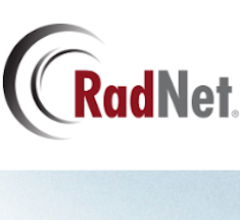
Greg Freiherr has reported on developments in radiology since 1983. He runs the consulting service, The Freiherr Group.
Cutting Costs Through Technology
With its million-dollar scanners and their mushrooming use in recent years, medical imaging has become the poster child for high-cost medicine. While it’s a role no one in our community wants, the opportunity exists to put imaging at the forefront of healthcare cost-cutting. We need only look backward to see how to move forward.
Look back a couple of decades to the 1990s, when positron emission tomography (PET) was pioneering new ground and single photon emission computed tomography (SPECT) was a poor man’s PET. What we learned could be done with PET was often soon attempted by SPECT, which was seen as less accurate and less capable, but also less expensive. The dearth of cyclotrons and a lack of reimbursement so curtailed PET’s use that its advocates had no choice but to path-find. Much has changed.
Now hybridized with computed tomography (CT), PET sets the pace for improvements in clinical practice and, unfortunately, rising costs. SPECT/CT could be the answer. New biomarkers and the technology to deliver extraordinary accuracy in SPECT imaging and quantification are nearing the marketplace. Their application in the years ahead might reduce costs and improve patient care by optimizing the utilization of SPECT and PET.
This is just one example of how costs might be reined in through the smarter application of technologies. There are others. Enormous gains might be achieved by making better use of patient images already in hand. One way is through improved communication.
Images have never been easier to send from radiologists to specialists to referring physicians. The exclusions in this mix are patients, whose control over their own images might increase efficiency in care and optimizing imaging exams themselves. Portals that provide patient access are well within reach of picture archiving and communication systems (PACS). If patients could routinely assign access to specialists, not only would consultations be easier and faster, but also unnecessary exams — with their costs and, in the case of CT, radiation burden — might be dramatically reduced.
Many critics of the current healthcare system rightly bemoan the practice of defensive medicine, inefficient insurance procedures and the epidemic of preventable conditions — most notably obesity — that do much to make medical practice in the United States the most expensive in the world. But when critics point their fingers at medical imaging, we should — and could — have answers. All we need do is look at technology already well within our reach.


 January 13, 2026
January 13, 2026 









